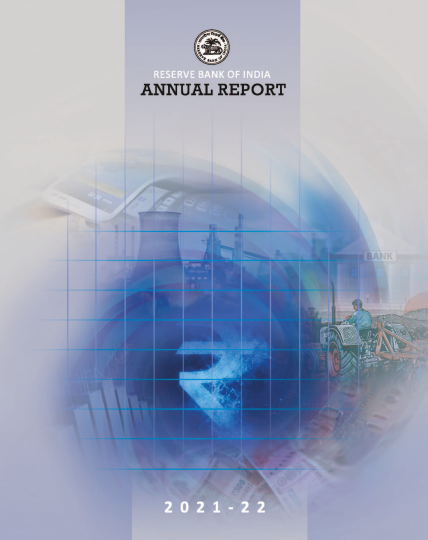Free Courses Sale ends Soon, Get It Now


Free Courses Sale ends Soon, Get It Now



Disclaimer: Copyright infringement not intended.
Context
Highlights of the Report
|
Headline inflation Headline inflation is the raw inflation figure reported through the Consumer Price Index (CPI) that is released monthly by the Bureau of Labor Statistics (BLS). The CPI calculates the cost to purchase a fixed basket of goods to determine how much inflation is occurring in the broad economy. Headline inflation refers to the change in value of all goods in the basket. Core inflation excludes food and fuel items from headline inflation. Since the prices of fuel and food items tend to fluctuate and create ‘noise’ in inflation computation, core inflation is less volatile than headline inflation. Headline inflation is more relevant for developing economies than developed economies. Read: https://www.iasgyan.in/daily-current-affairs/inflation-29 |
|
Accommodative monetary policy Accommodative monetary policy is when central banks expand the money supply to boost the economy. Measures taken are meant to make money less expensive to borrow and encourage more spending. Managing Inflation before focusing on growth in the sequence of priority. |
|
Velocity of Money The velocity of money is the frequency at which one unit of currency is used to purchase domestically- produced goods and services within a given time period. In other words, it is the number of times one rupee is spent to buy goods and services per unit of time. Credit gap Credit gap is defined as the difference between the addressable demand of funds in the market and the existing supply of funds in the economy. |
Final Thought
© 2024 iasgyan. All right reserved